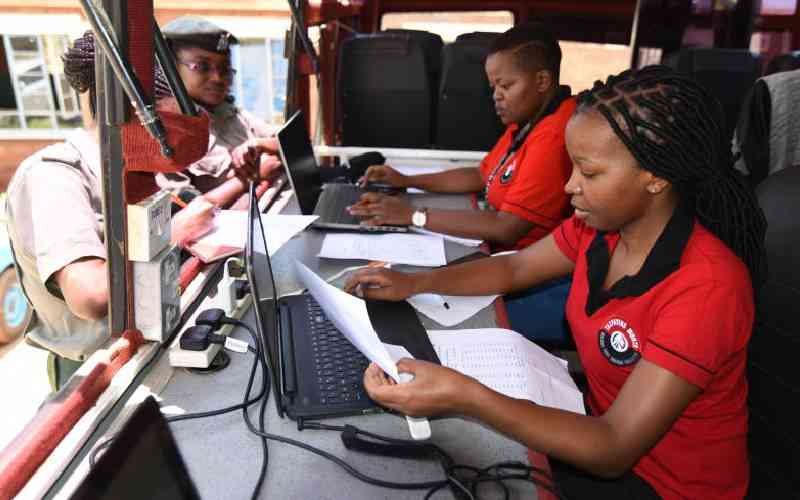
In 2024, 16 years after the introduction of the WHO Health System framework and with the Sustainable Development Goals (SDG) 2030 deadline approaching, the global health community needs to interrogate the effectiveness of health systems. This year provides a good opportunity to do so at various global health forums, including the Summit of the Future, The World Health Summit, the World Health Assembly, and the United Nations General Assembly.
A review of the situation reveals a stark disparity in healthcare access, particularly in under-resourced regions like Africa, where the service coverage index averages 48 out of 100. This index measures the effectiveness of health system strengthening initiatives.
Despite commendable strides in reducing child mortality – halving the rate between 2000 and 2019 – maternal and newborn mortality remains off track with regard to SDG targets. The prevalence of non-communicable diseases across Africa continues to increase, and climate change threatens to disrupt an already frail health system.
There is, therefore, an urgent need to catalyse the evolution of the current health system framework into a more effective version dubbed ‘Health Systems 2.0’. The new approach envisions integrating systems thinking, human-centred design and adaptive leadership.
Systems thinking, as popularised by Ludwig von Bertalanffy in 1969, encourages viewing systems as complex entities where each component's functionality is crucial to the system's overall effectiveness. This approach underlines the importance of the interconnectedness of solutions and problems and emphasises that changes in one area of the system can affect other areas.
Health Systems 2.0 thinking calls for viewing health systems as a framework that interconnects inputs, processes, outputs, feedback loops, control mechanisms, and the operating environment. This thinking can be summarised as follows.
Firstly, adaptive leadership and adequate funding form the essential inputs for effective health systems.
Secondly, processes within eight domains operate interactively toward the goal of producing health. The domains are finance management, human resources, supply chains for medicines, technologies, community engagement, multi-sectoral collaboration, data and digitisation including visualisation of performance, and delivery of preventive and curative services across various settings.
Thirdly, outputs measure system performance, including equity, access, financial protection, and population health in terms of disease incidence and prevalence.
Fourthly, feedback loops for self-regulation involve analysing and visualising digitised data to generate insights.
Finally, health systems need to be open and adaptive to trends in the operating environment, such as climate change, pandemics, technological advancements, limited fiscal spaces, demographic and epidemiological shifts, geopolitical changes, international conflicts, and the effects of migration and trade.
At the core of Health Systems 2.0 thinking, human-centred design guides the empathetic co-creation of solutions with communities. This means developing health interventions that are scientifically sound, culturally appropriate, and readily accessible to the populations they aim to serve.
Adaptive leadership involves distinguishing between adaptive challenges, which require leadership, and technical problems, which do not.
Deliberations on the future of global health, including the evolution of health systems, need to engage all stakeholders to participate in reshaping health systems to embrace adaptability, resilience in the face of emergent crises, and efficiency.
Dr Wanjuki is Country Director, Amref Health Africa in Kenya
 The Standard Group Plc is a multi-media organization with investments in media
platforms spanning newspaper print operations, television, radio broadcasting,
digital and online services. The Standard Group is recognized as a leading
multi-media house in Kenya with a key influence in matters of national and
international interest.
The Standard Group Plc is a multi-media organization with investments in media
platforms spanning newspaper print operations, television, radio broadcasting,
digital and online services. The Standard Group is recognized as a leading
multi-media house in Kenya with a key influence in matters of national and
international interest.
 The Standard Group Plc is a multi-media organization with investments in media
platforms spanning newspaper print operations, television, radio broadcasting,
digital and online services. The Standard Group is recognized as a leading
multi-media house in Kenya with a key influence in matters of national and
international interest.
The Standard Group Plc is a multi-media organization with investments in media
platforms spanning newspaper print operations, television, radio broadcasting,
digital and online services. The Standard Group is recognized as a leading
multi-media house in Kenya with a key influence in matters of national and
international interest.











